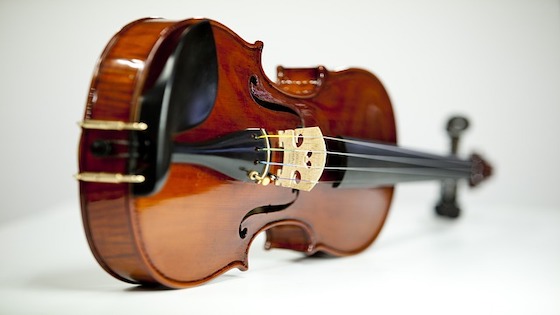The violin is a mesmerizing instrument, captivating listeners with its graceful shape and enchanting sound for centuries. If you are eager to learn how to play this beautiful instrument, you are in the right place. In this beginner’s guide, we will explore the essential steps to mastering the melody on the violin. First and foremost, choosing the right violin is crucial. Seek advice from a reputable music store or a violin teacher who can assist you in finding an instrument that suits your needs and budget. A good quality violin can greatly enhance your playing experience, so take your time in making this important decision. Next, finding a skilled teacher is essential. Learning the violin is a complex process that requires proper guidance. A knowledgeable teacher can provide valuable insights, teach you correct techniques, and motivate you to improve. Look for a qualified violin instructor who can cater to your learning style and help you progress on your musical journey.

Understanding violin technique is paramount. Start by focusing on proper posture and holding the violin correctly. Positioning the bow and mastering bowing techniques are equally important. Pay attention to finger placement and intonation. Develop a strong foundation by practicing consistently and paying attention to detail. Learning to read sheet music is a crucial skill for any musician. Familiarize yourself with music notation, note values, and key signatures. Begin with basic music theory and gradually progress to more complex compositions. Regular practice of sight-reading will strengthen your skills in deciphering and playing music from sheet music. Regular practice is the key to mastering the violin. Set aside dedicated practice time each day to build muscle memory, improve finger dexterity, and develop a good ear for intonation. Consistency and perseverance are crucial for progress. Embrace patience and persistence, as learning the violin takes time and dedication.
In addition to reading sheet music, developing aural skills is vital for expressing emotions through music. Listen attentively to violin recordings and attend live performances to develop a sense of phrasing, dynamics, and musicality. Embrace the art of creating beautiful melodies with your instrument. Joining a community of fellow musicians can provide immense support and inspiration. Look for local orchestras, ensembles, or violin groups where you can collaborate, learn from others, and Did john garfield play the violin? share musical journey. Being part of a community will enhance your growth as a violinist. Lastly, don’t shy away from sharing your music with others. Participate in recitals, concerts, or simply play for family and friends. Sharing your passion will boost your confidence and inspire others. Remember, learning the violin is a lifelong journey. Embrace the process, enjoy the melodies, and savor the joy of playing this remarkable instrument. With dedication, patience, and a love for music, you will find yourself mastering the melody on the violin and creating beautiful music that resonates with others.